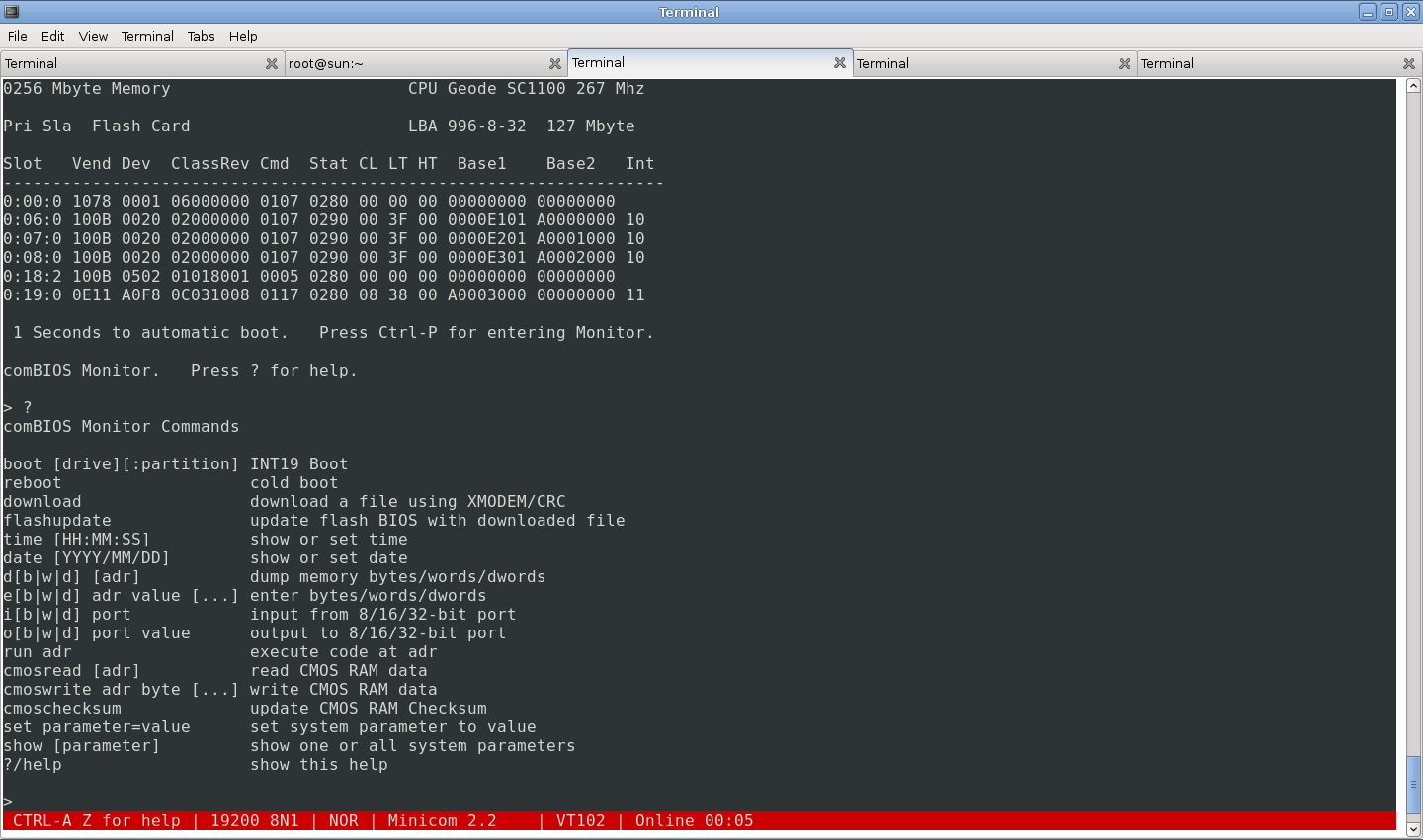
Might go back and look at the wireless installation procedures for openWink, or might forego openWink entirely and look at directly connecting openHAB without their middleware. Well I never managed to get the Wink to accept keyboard input via minicom and the UART, so I fell back to a separate linux machine, connected to the Wink on its wifi ad-hoc network, and used the injection commands on this XDA thread to gain root access.
MINICOM NOT ACCEPTING KEYBOARD INPUT FULL
That gave the error “minicom: cannot open /dev/modem: No such file or directory”įixed that with a “sudo ln -s /dev/ttyAMA0 /dev/modem” and minicom loaded up… Plugged in the Wink and GOT OUTPUT! Went through a full boot cycle and ended with “Startup Complete” …but now it doesn’t seem to be accepting input. It wasn’t properly locating the config file created by openWink - I copied their file from /etc/minirc/minirc.dfl to /etc/minirc.wink and opened minicom with “minicom wink” One way to test a terminal for this is to turn it on with the keyboard unplugged.
MINICOM NOT ACCEPTING KEYBOARD INPUT SERIAL
I’m sure the wire tracing (and solder cleanup) was worthwhile but it wasn’t the source of issues with Minicom. If the problem involves the serial port itself see the Serial-HOWTO. I’ve cleaned that up and giving it another spin…. Traced out the wires and confirmed which ones are ground / tx /rx (not the ones I thought) but also found that the sloppy soldering on the Wink mobo was potentially shorting the 3V3 against the TX. Next step, I guess, is to troubleshoot the prior owner’s soldering connections and make sure it’s all set properly. Plugged in the Wink Hub with the UART cable, and ….nothing! Segmentation Fault in the terminal window, and a flashing violet light on the Wink. Got the microSD card configured with the version of Raspbian Wheezy recommended at openWink and ran through their customization process.

Raspberry Pi 2 arrived today, and I set to it as soon as I had enough blood in my coffee stream.


 0 kommentar(er)
0 kommentar(er)
